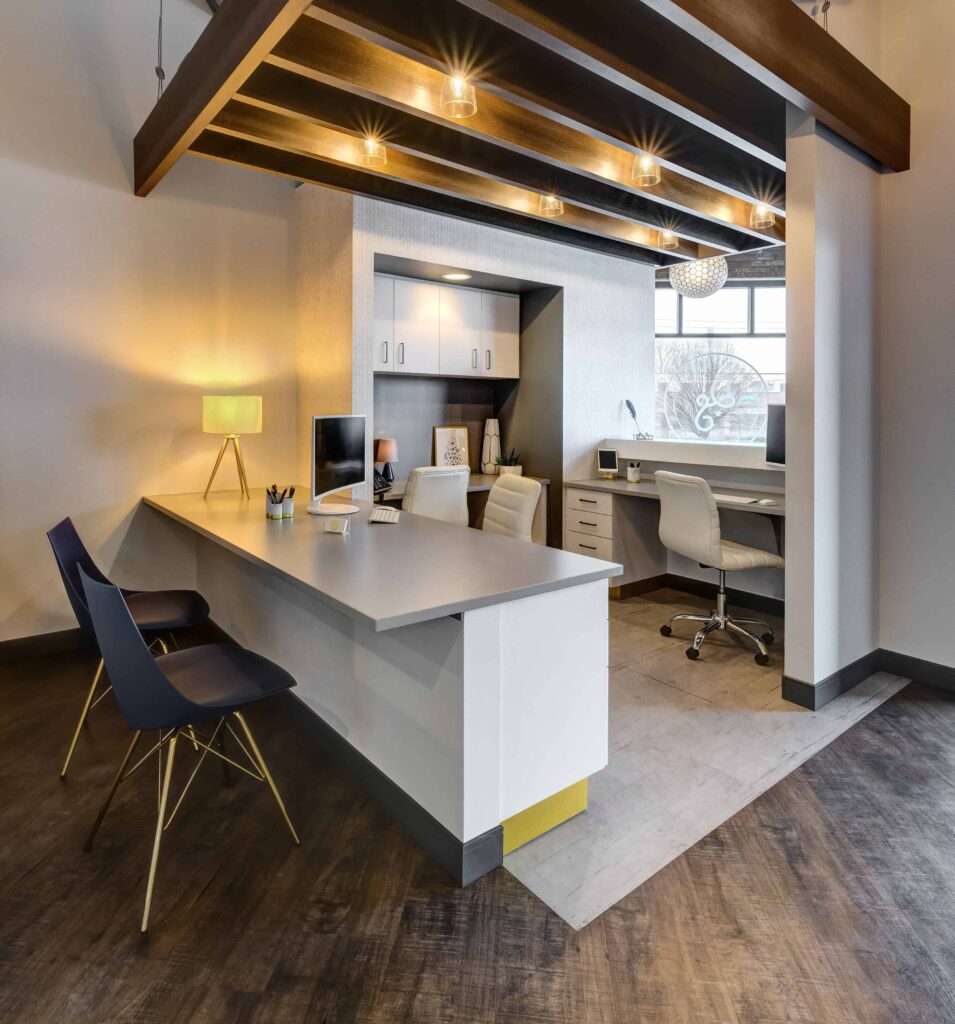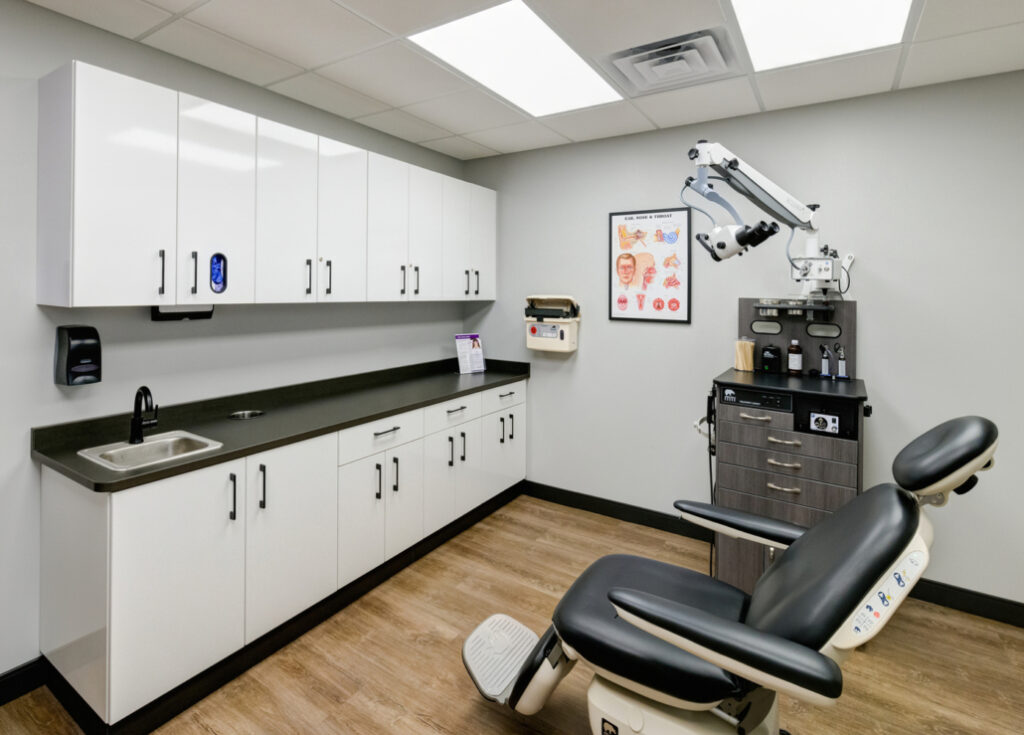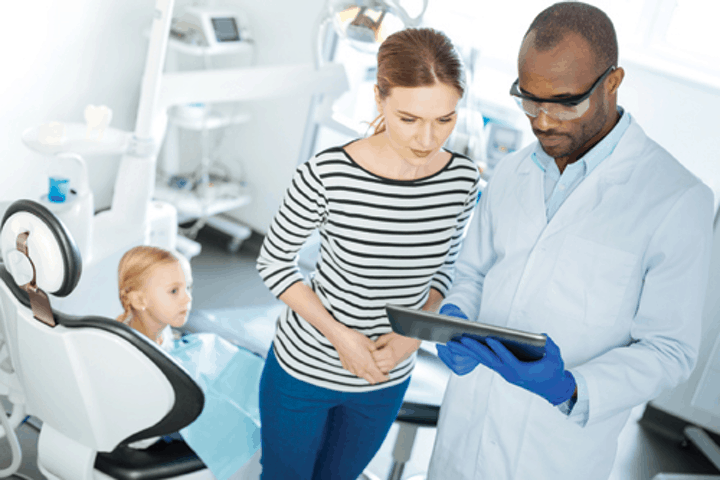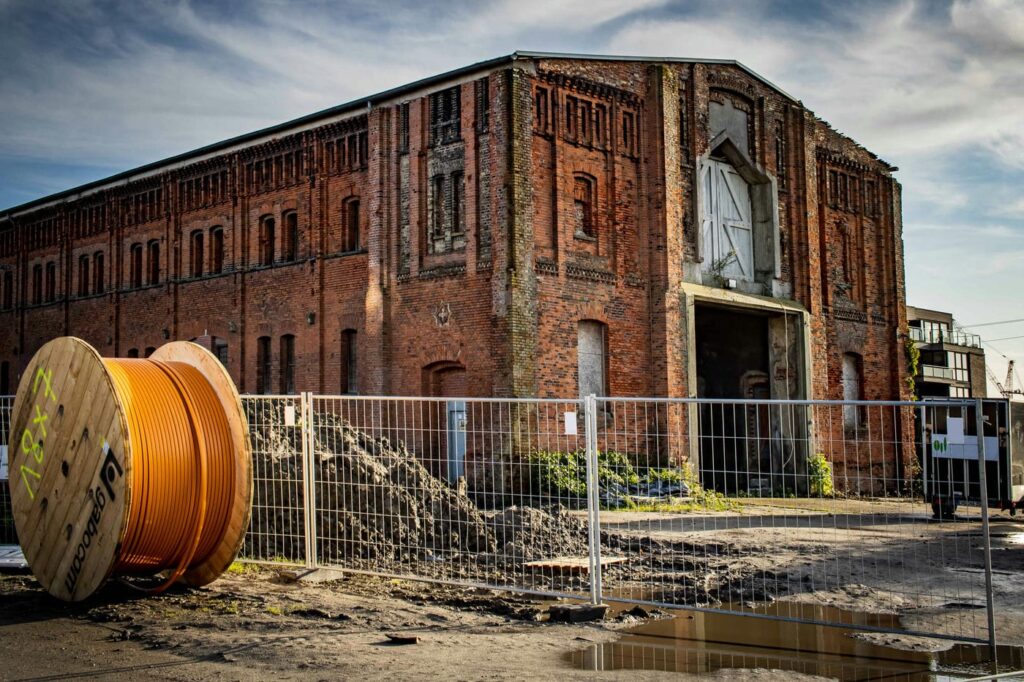Medical Office Construction
Enhance Your Marketing While on COVID-19 Quarantine
Dentists and doctors all over the nation are closing their practices during the COVID-19 outbreak. You can use this time to strengthen your practice, so that you return stronger than you were before. Now is the perfect time to think about marketing, and how to attract more patients, while your schedule isn’t filled with patient…
Read MoreStrategically Improve Your Practice While on COVID-19 Quarantine
The world has collectively hit the pause button, and many dentist and specialty doctor offices have been caught up in that pause. The doors have closed in order to better fight the coronavirus, or COVID-19 pandemic that’s been sweeping the U.S. and the world. While these are certainly challenging times, and there’s plenty to be…
Read More8 Factors to Consider When You Decide to Start a New Medical Practice
Starting your own medical practice can be an extremely rewarding, fulfilling experience. It allows you tremendous freedom in the way that you want to conduct your business. But as you set out to make this goal a reality, it requires extensive planning and preparation. The items on this list can take months, if not longer…
Read More5 Considerations for Deciding What Technologies Will Improve Your Practice
Technology is changing every day, and so are your patients’ healthcare expectations. When your practice can successfully implement the latest technologies into the patient experience from start to finish, you have a better chance of achieving a higher patient retention and distinguishing yourself from the competition. It’s important to sit down with your practice’s stakeholders…
Read MoreDesign Build Fee Structure
The design build project model is transforming the commercial construction industry by offering owners a cost saving alternative to traditional construction project management. Commercial construction clients are using the design build method to develop more buildings than ever before due to the substantial cost savings available when using this model. Why are the costs different…
Read MoreEverything to Consider When Building Your Ideal Office
Listen to the Podcast – Everything to Consider When Building Your Ideal Office When designing your dental office, it’s important to work with the right realtor and lender to find the right building or space to house your ideal office. It’s important to ensure that the entire team understands dentistry and the unique elements of a…
Read MoreAdaptive Reuse Architecture & Construction
What is adaptive reuse? When a building is repurposed into a use other than the one for which it was designed, the process is known as adaptive reuse – essentially, the recycling of a building. Just as materials such as plastic, paper, and metal are recycled, a building that was once a train station can…
Read MoreBuilding a Dental Office That Inspires Your Patients and Your Staff
Listen to the Podcast – Building a Dental Office That Inspires Your Patients and Your Staff In this episode of the podcast, Bruce Johnstone of Apex Design Build discusses the subjects of dental office design for patients and dental office design for staff. Designing a Dental Office for Patients When designing for patients, a critical component…
Read MorePatient Acquisition through Healthcare Design
Listen to the Podcast – How Design Impacts New Patient Acquisition In this episode of Grace Rizza’s Growing with Grace podcast, Apex Design Build’s Bruce Johnstone discusses the subject of patient acquisition through healthcare office design. First impressions are only made once, so it matters to the potential patient that the practice environment matches the type of care…
Read MoreDesigning Mental Health Facilities for Privacy and Dignity
The History of Mental Health Treatment The treatment of mental illness, and thus mental health facility design, have been evolving since ancient times. Advances in chemistry, medicine, psychology, and science have helped fuel these changes, and will continue to do so as new discoveries are made and more is learned about the nature of mental…
Read More






